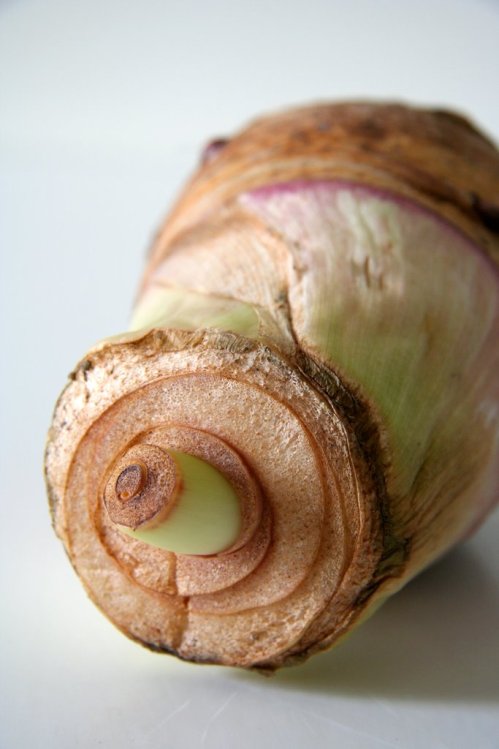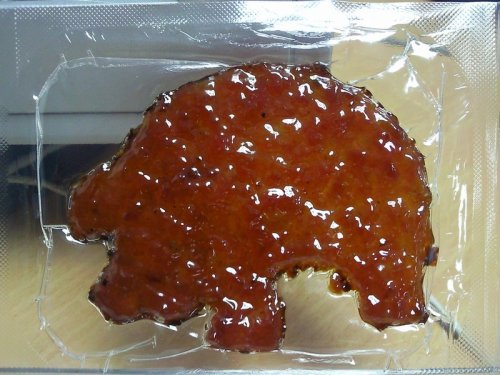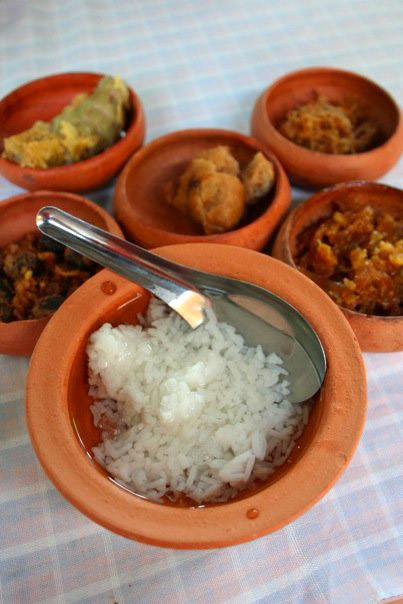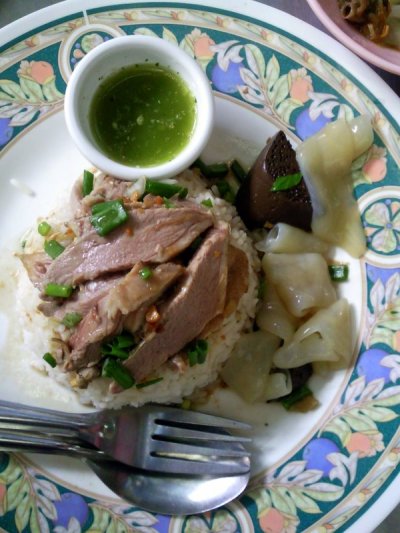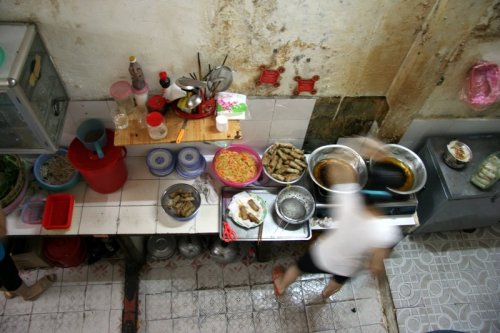
Reading Peter Jon Lindberg’s “Vietnam: The Ultimate Food Tour” [T+L Southeast Asia, September 2010] made me crave for pho, banh xeo and banh mi. One line from his drool-inducing piece particularly stood out: “The best way to tackle Hanoi is to treat the city as one vast progressive buffet, moving from the spring-roll guy to the fermented-pork lady and onward into the night.” Although Jon Lindberg was describing Hanoi, I found that advice to be very apt too for Saigon, a.k.a. Ho Chi Minh City, during a recent visit with my food-loving family of five.

Having arrived in the city on an early morning flight, the only thing our famished tummies desired for after checking into our hotel was, of course, food. We turned into a narrow lane off Le Thanh Ton Street, where our hotel was located, and stumbled upon an unassuming hole-in-the-wall Bun Cha Ha Noi Nem Cua Bien. The entire brood couldn’t speak a word of Vietnamese, so hand gestures became the most effective means to indicate that we simply wanted what the other diners were having. “You want bun cha?” the amiable owner asked, pointing to the vermicelli served with grilled pork patties and sweetened fish sauce vinaigrette. We nodded, and a delightful first meal ensued.
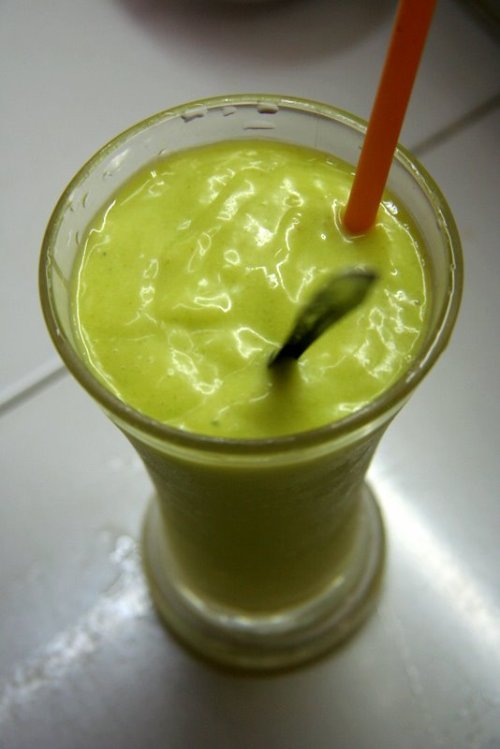
Like any city in the tropics, the mid-day heat in Saigon was sweltering and energy-sapping. We took a break from our walk, found a roadside coffee stand and sat crouched around low tables and squat stools to enjoy ca phe da, or iced black coffee, just like the locals who could be seen lounging by street-side drinks stalls at all times of the day. Energized, we made our way to Ben Thanh Market, where we partook in another round of food and drink, with the thick, creamy avocado smoothie (sinh to bo) being my favorite. And then onward to Fanny, which proffered ice cream and sorbets made from exotic flavors (think sapodilla, durian, star anise and cinnamon).

Our visit to the bucolic Mekong Delta highlighted the abundance and diversity of fruits—rose apples; longans—grown in the south, also known as the country’s rice bowl, although there was nothing novel that most Southeast Asians had not seen or tried before. We toured a small coconut candy factory and observed ladies deftly knead and wrap the caramelized treats into packages for sale. At Cu Chi Tunnels, we had a ‘taste’ of war with steamed tapioca, a tuber that provided sustenance to the Viet Cong soldiers during the grinding war years.

Evenings were spent hunting for scrumptious food and crossing the traffic-ridden streets—the number of motorbikes seemed to increase sharply at nighttimes when locals took to the streets in droves. Quan An Ngon, the city’s top-rated Vietnamese restaurant according to Lonely Planet, New York Times and many other online reviews, was a great—and safe—dining choice with its diverse array of regional specialties. However, with the snaking queues and an originally intimate villa ambience somewhat marred by the crowds, I couldn’t help but wondered if many travelers had taken guidebooks and food bloggers’ recommendations too seriously (me included) and ended up at the same few dining spots. Whatever happened to that adventurous spirit of exploration?

Yet, my last dinner at the renowned crab joint Quan Thuy 94 altered my views again. In the comfort of the air-conditioned, windowless room on the second floor, where locals ate atop metal tabletops while a small TV blared sitcoms in one corner, we devoured the tangy glass noodles sautéed with generous chunks of crabmeat and roe; soft-shelled crabs deep-fried to a crunchy perfection and pink, succulent prawns cooked in tamarind sauce—alongside cold beer served with ice cubes. It was the most satisfying, lip-smacking meal we had in Saigon, and one that kept all five of us reminiscing about for the next few days. And if food blogs hadn’t been consulted, we wouldn’t had known this gem and this yummy meal wouldn’t had been a part of our travel memories, no?
This article was first published on May 20, 2011 on Travel + Leisure Southeast Asia Blog.

